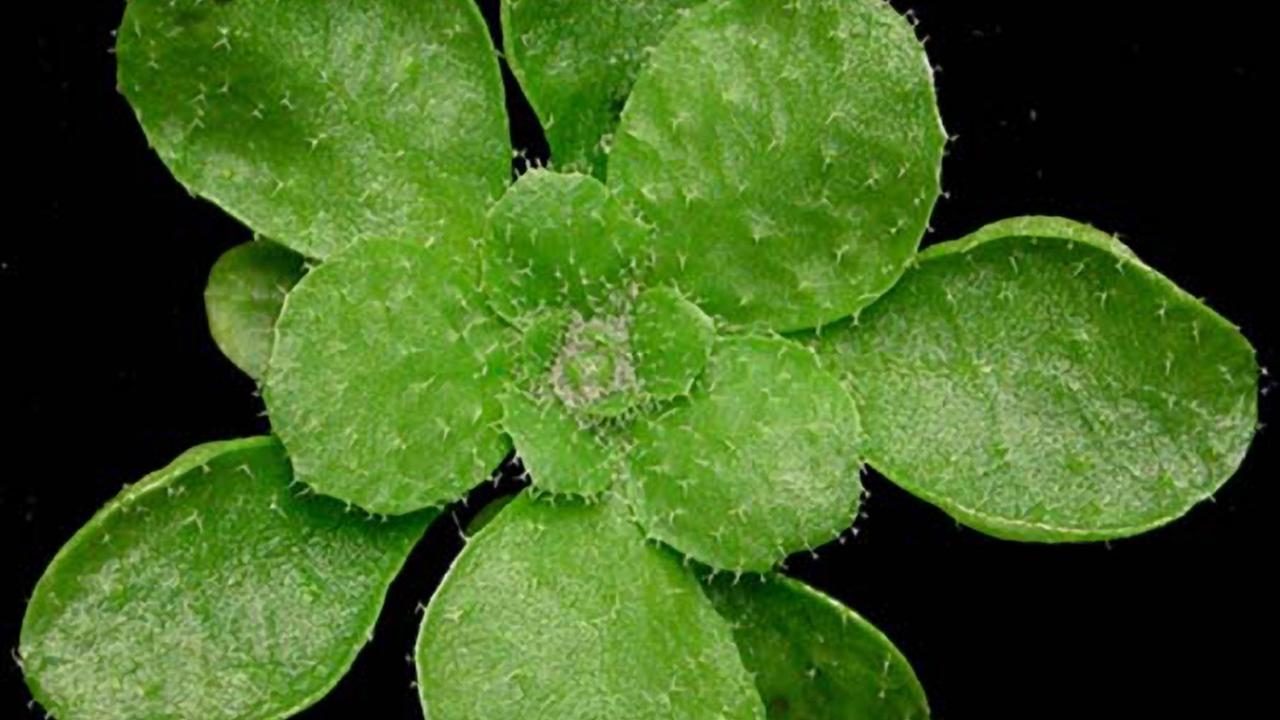
The Quantitative and Computational Future of Plant Biology
What does the future of plant biology education and research look like? That’s the question on the mind of Siobhan Brady, associate professor of plant biology at UC Davis.
In a Plant Physiology commentary paper, Brady, along with 37 other plant biologists from around the world, call for universities to integrate more quantitative and computational techniques into biology-oriented academic curricula. Introducing these skills early, the group advises, will help prepare tomorrow’s plant biologists for the next era of genomics research.
“The complexity of this work requires increasingly more students, postdoctoral fellows and faculty members who are conversant with concepts in computational biology and quantitative sciences,” said Brady. “The number of people with this training has not kept pace with the need.”
Embracing big data
For biology education to become truly interdisciplinary, Brady and her co-authors recommend universities consider revamping biology curricula to include theoretical, quantitative and computational biology concepts within the context of existing biology classes. They highlight the need for instruction emphasizing mathematical analysis and modeling for students to better understand the relationships between biological systems.
Brady said the commentary’s writing was prompted by looking to the future of research involving Arabidopsis thaliana, a key model organism for plant biologists. Studying A. thaliana has provided many insights into plant biology—which could hold solutions to improve food production—but it’s also prompted larger questions only big data can answer.
“Massive amounts of genome-scale data coupled with the modeling and simulation of complex biological processes will be needed to determine how to develop better crop yields in the face of a changing climate,” said Brady.
Supporting math-wary students
Brady and her co-authors recognize life sciences students might feel intimidated by computer science and mathematics.
“I was similarly intimidated and felt that math and computer science courses were irrelevant because they didn’t focus on applications of methodology or approaches to any biological topic,” said co-author Joanna Friesner, with the UC Davis Agriculture Sustainability Institute and the North American Arabidopsis Steering Committee.
To ease students' aversion towards these subjects, the authors recommend universities develop support programs and organize events outside the classroom, such as interest groups or “hackathons,” to help connect computer science and plant biology students, as well as demonstrate the value they contribute to research.
Adding or modifying existing courses will simultaneously engage more biology students and train them to possess the necessary transdisciplinary problem-solving skills, according to Friesner.
Training the next generation of plant biologists
The authors also recommend biology-oriented data scientists undergo training emphasizing the importance of plant science research. Such training might include educating data scientists about how model plants like A. thaliana could help improve crop yields.
“A new quantitative biology major, which is being developed at UC Davis, will hopefully start to address some of these concerns,” said Brady.
While the new major is still in the design phase, it will offer an innovative curriculum integrating biology with mathematical, computational and physical sciences. Learn more about the need for a new quantitative biology major from Professor Mark Goldman, Department of Neurobiology, Physiology and Behavior, who is spearheading the major’s design.
